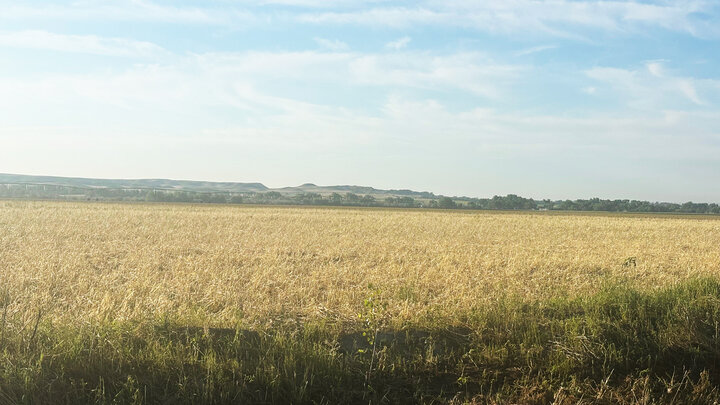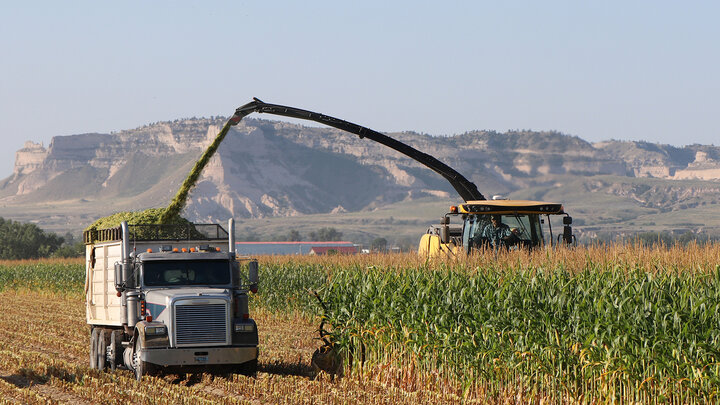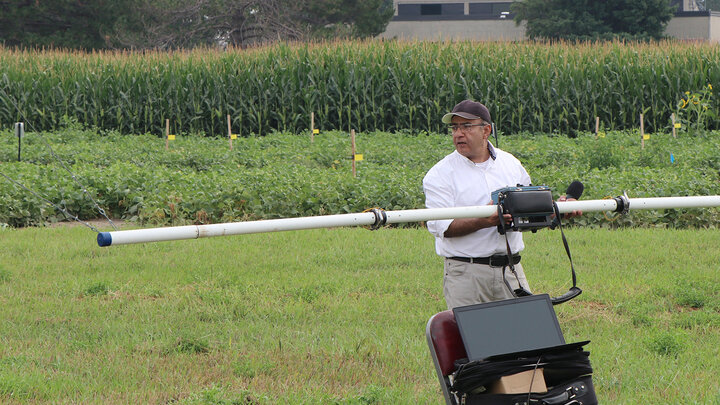Parts of the Nebraska Panhandle have recently experienced severe hailstorms. This has left many producers evaluating what approach to take when managing these severely damaged crops. Where before grass, alfalfa, or annual forage was standing, now it’s been pummeled into the ground.
The impacts of a severe hailstorm on rangeland and pasture are not unlike other severe defoliation events. Perennial forages will recover, but it is beneficial to give them ample time to rest and rejuvenate by removing grazing animals and allowing them a period of uninterrupted growth. The recovery time may need to be extended, especially if plants were drought-stressed and moisture conditions are limited. Stacking insults such as drought, grazing, and hail damage can significantly impact production potential in future growing seasons. Giving plants the opportunity to fully recover by delaying grazing on hail-damaged pastures until fall, or potentially next growing season, will limit the negative impact of hail on plant productivity in subsequent years.
Nebraska Extension Educator Ben Beckman states in a recent “Pasture and Forage Minute” that for alfalfa fields, damage assessment and timing are key to recovery. Work from the University of Wisconsin advises that fields with more than two weeks before harvest can usually be left alone, with some yield loss expected. If terminal bud damage exceeds 50 percent in alfalfa crops less than two weeks before planned harvest, one can proceed with normal harvesting, expecting some yield loss. For severely lodged crops, waiting for three to four days for plants to right themselves vertically before cutting is beneficial. Disk mowers are better at picking up lodged crops than sickle bars, but for both, tilt the bar or disc forward for better forage pickup. If damage is severe and the yield isn't worth the effort, focus on managing and harvesting the regrowth.
For summer annual forages that have been damaged, giving the plants time to assess regrowth is beneficial. Depending on the stage of plant growth, the type of annual forage, and subsequent growing conditions, plants may regrow and still produce a crop. In some circumstances, replanting may be necessary if the potential for crop recovery is limited. Unfortunately, hail damage to annual forages can also render them less competitive with weeds, potentially necessitating herbicide applications to reduce weed pressure.
Nebraska Extension Educators and Specialists are available to discuss options and provide resources to producers as they evaluate their management options for grasslands, alfalfa, and annual forages damaged by recent hailstorms.




